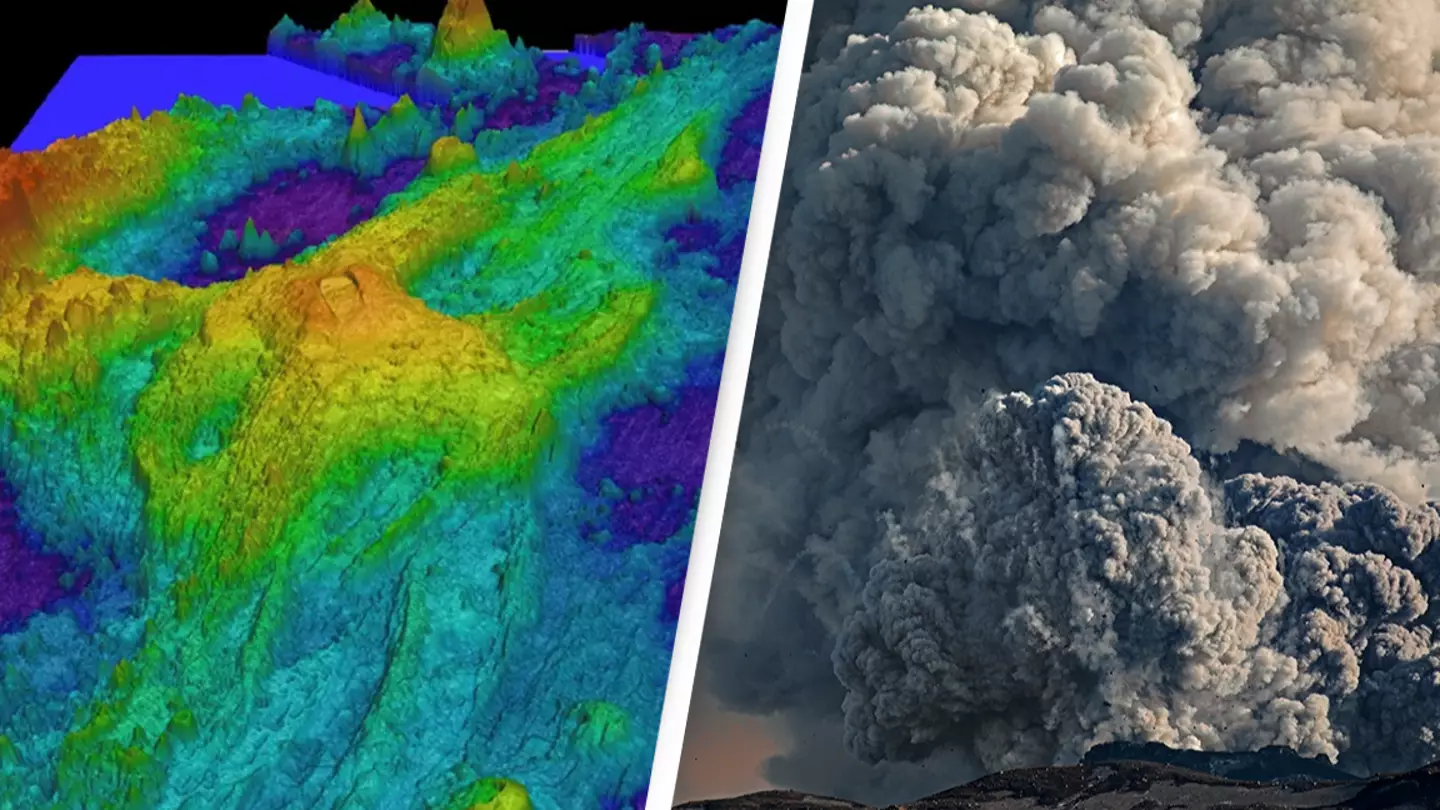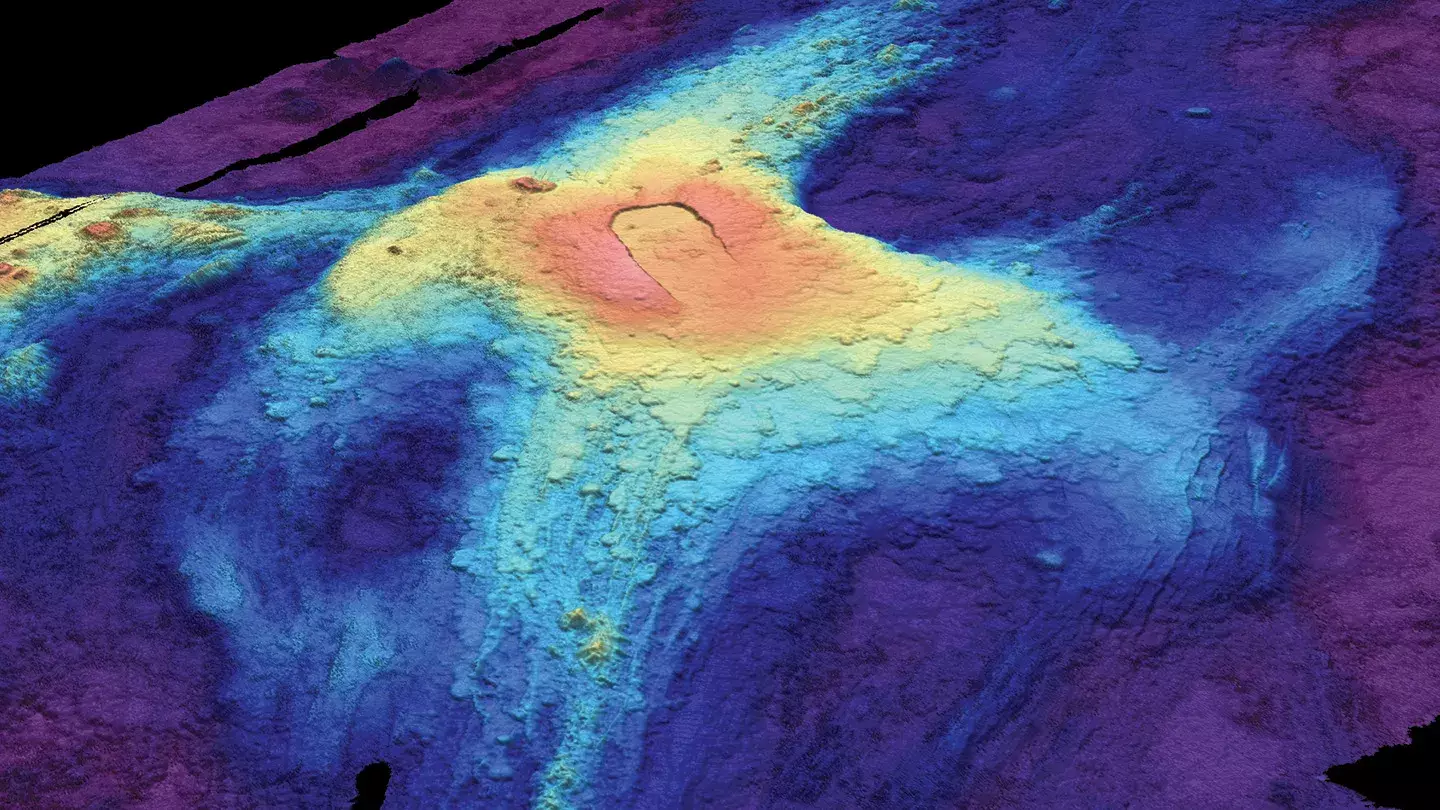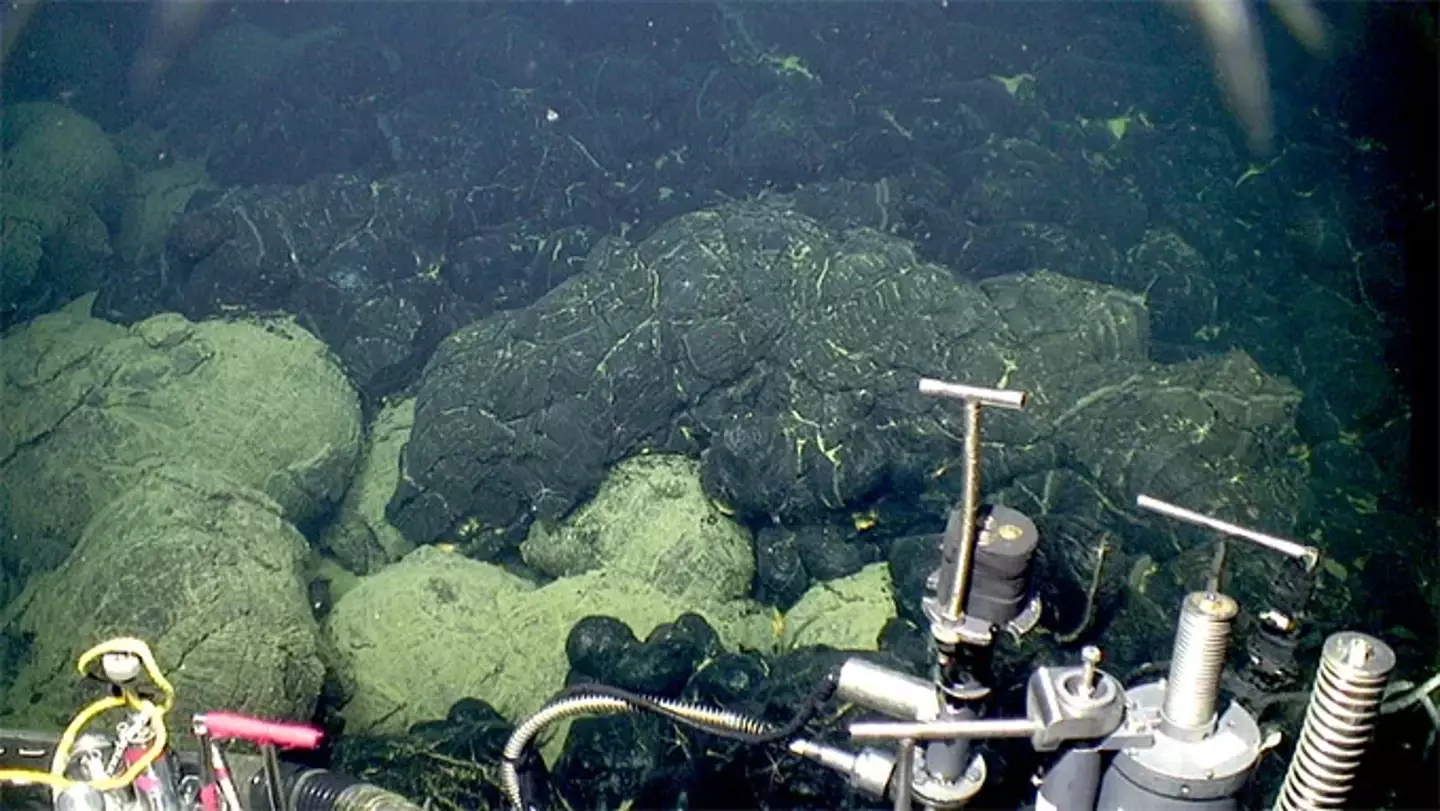
Scientists have warned a volcano off the coast of Oregon could be set to erupt in 2025, but it could prove to be very useful for experts.
You don’t need to worry, you haven’t somehow missed there being a massive volcano in the distance off the Oregon coast.
The volcano scientists have warned of is undersea and is about 470 km off the coast of the state.
The volcano in question is Axial Seamount and stands at at 1,100 meters tall with a diameter of 2km, is situated 1,400m beneath sea level.
Most interestingly, scientists have said that this advanced warning marks a significant achievement and is rather unique as many warnings only come a few hours before an eruption.
Advert
Researchers have said the volcano shows signs of imminent activity. It last erupted in 2015 and experts have said it is showing similar activity to then.
Over the past decade, various devices have been monitoring every rumble, shake, swell, and tilt from the volcano in real time via a seafloor cable.
Geologist Mark Zumberge, from the Scripps Institution of Oceanography, has described the volcano as ‘the most well-instrumented submarine volcano on the planet’. This has likely led to more accurate prediction.

Advert
In November, Axial's surface swelled to the same height as before its last eruption in 2015. This has indicated that the magma has built up under the ground and increased the overall pressure within the volcano.
Back in 2015, this build up allowed researchers at Oregon State University to predict that year’s prediction and at the time they called it ‘the best forecast’ success.
Valerio Acocella, a volcanologist at Roma Tre University, has said the Axial volcano is a ‘very promising volcano’ and can better help volcanologists understand them better.
He said the volcano is currently under intense observation and they have even begun applying artificial intelligence technology to see what they can learn.
Advert
They hope to sift through earthquake data from before the 2015 eruption to find patterns that can help them better predict future eruptions.

He did admit there was no ‘crystal ball’ when it came to predicting the natural phenomenon but more information will help, saying: "We need ideal cases to understand how volcanos work."
He also warns of the potential for unexpected behavior, stating: "There's always a risk that a Volcano will follow a pattern that we haven't seen before and do something unexpected."
Advert
He admitted that a 2025 eruption won’t revolutionize eruption prediction but will be a good step forward, adding: "We'll understand it better and that will help us understand other volcanoes, too."